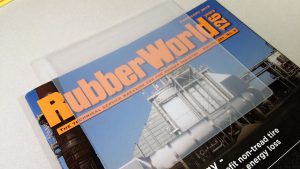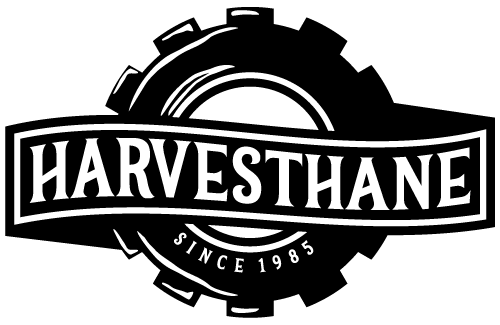Conventional molders, such as Molded Dimensions, Inc., are currently able to process a translucent, high strength, FDA compliant, high consistency rubber (HCR) silicone compound. Prior to this raw material coming to market, the most commonly used translucent or clear materials were available as either liquid silicone rubber (LSR) products or room temperature vulcanization (RTV) materials. These raw materials were not traditionally compatible with conventional molding methods, such as compression, transfer, or injection molding due to their uncured viscosity state. The efforts of the rubber compounding industry to provide us materials having a combination of lucence, high strength, and FDA compliant properties is opening up opportunities in new applications and new industries.
With an ultimate tensile strength of over 1300 psi and excellent abrasion resistance, combined with the temperature and fluid resistance associated with silicone, this material will work well in many applications. It can be molded into an effective cover for display panels, push buttons, or e-stops on medical equipment or robotic applications. It is also compatible with many clean in place (CIP) applications for the food, beverage, or pharmaceutical industries. There are further opportunities to directly over mold, or bond, silicone onto a metal piece or other substrate for increased rigidity or protection.
The cured elastomer has a bit of a translucent appearance, as pictured, and provides excellent clarity when layered directly over a substrate. For example, the print of a trade magazine is clearly visible and legible when covered by a slab 0.075” thick. These types of on-going advancements worked on by the rubber compounding industry, and rolled out to manufacturers like Molded Dimensions, Inc., support the growing needs of OEMs and aftermarket manufacturers.
Blog written by: Tony Lukas




